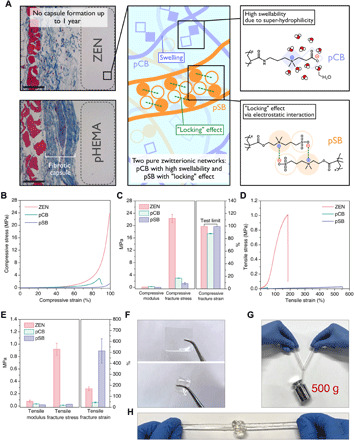Fig. 1. pCB/pSB ZEN hydrogels with high mechanical properties.

(A) Schematic illustration of the design principles of the high-strength poly(carboxybetaine) (pCB)/poly(sulfobetaine) (pSB) ZEN hydrogel. Left: Masson’s trichrome staining results for skin tissues of mice with hydrogel subcutaneous implantation for 1 year. Skin tissue of mice that were implanted with poly(2-hydroxyethyl methacrylate) (pHEMA) hydrogel was set as positive control with fibrous capsule formation. Scale bars, 100 μm. (B to E) Representative uniaxial compressive curves (B); compressive modulus, fracture stress, and fracture strain (C); representative tensile curves (D); and tensile modulus, fracture stress, and fracture strain (E) of the pCB/pSB ZEN, pCB [1-4-0.1], and pSB [4-0.1-0.01] hydrogels. (F) The pCB/pSB ZEN hydrogel sheet can be stretched, twisted, and folded repeatedly without any visible damage observed. (G and H) The pCB/pSB ZEN hydrogel rope with a cross-sectional diameter of 6 mm can hold a weight of 500 g (G) and can tie knots without breaking (H). Note that x, y, and z for [x-y-z] represent the molar monomer concentration, cross-linker concentration [mole percent (mol %) with respect to the monomer], and initiator concentration (mol % with respect to the monomer), respectively. Photo credit: D. Dong (University of Washington, Tianjin University).
